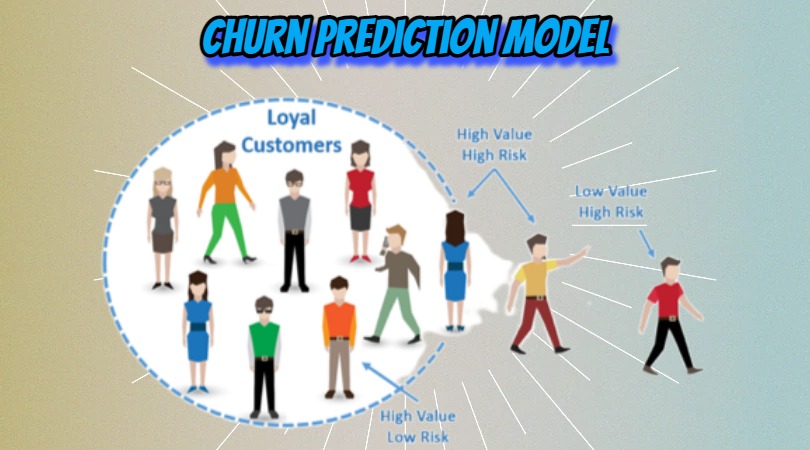The churn prediction model is one of the analytics applications that help predict customer churning. Every organization is dependent on customers for its business. And the existing customers need to be retained to bring down the customer acquisition cost spent over the period. The more customers are retained, the better the organization’s profitability. The churn prediction problem is an important concern for the organization, particularly in this day and age. There is a lot of noise in the market, and there are numerous players in the market. Organizations need to retain customer loyalty.
Building a churn prediction model is an iterative process. It has to be set, monitored and improved over a period.
Here is how one can tie the knot on the churn prediction Model problem:
- Define “churn”. It could be as simple as the customer hasn’t availed of any service for 60 days. Or it could be no contact for six months. Defining this helps to focus on the variables that affect the churn.
- Collect and process the past data. Bring out all the parameters the organization believes lead to the churn without any opinion. This is called a Training set.
- Build the model. It could be a regression technique. Or it could be a decision tree technique. But, choosing the one that best serves the purpose of an organization is important.
- Use test data to evaluate the model.
- Use the model to predict the churn by inputting variables.
- Gain insights. With those insights, create campaigns to retain customers. Check if there are improvements in customer retention.
- Repeat the process of improving the model based on the “misses”.
There are various models which solve this churn prediction problem. Here are some of those.
- Decision tree – Here, the analyst lists the various choices and the probability of churn in each of those choices. This often helps in visualizing all the choices that exist.
- Logistic regression – Here, the analyst compares the variables that lead to churn and evaluates the probability of churn.
- Support-vector machines – Support-vector machines are one of the robust models for evaluating churn. It helps in classifying the problems and then performing regression analysis.
- Bayesian networks – Bayesian networks use conditional probabilities to predict churn.
- Survival analysis – Survival analysis helps figure out trigger events that lead to churn and the associated probabilities.
- Relational classifiers – Relational classifier help the analyst list all the variables affecting churn and understand which of them is the major reason for the churn. This helps focus on the issue, solving the primary reason behind the churn prediction problem.
Now, there is this one huge problem that analysts should be aware of. There is always a larger number of non-churners than there are churners. This is called the class skew. If a probability is evaluated based on the entire sample, it leads to improper results. Hence, the analyst must always choose the sample, either over-sample the churners or under-sample the non-churners. This is important to focus on the churning rather than the customers within the organization already.
Also, the analyst must pay attention to the comprehensibility of the model. The analyst using accurate models for precise targeting is important. But, the analyst should also understand other qualitative factors by assessing the models with experts to get better insights on determinants. It also helps the analyst to smoothen the adoption of models in the organization.
Visit for More Best Articles





